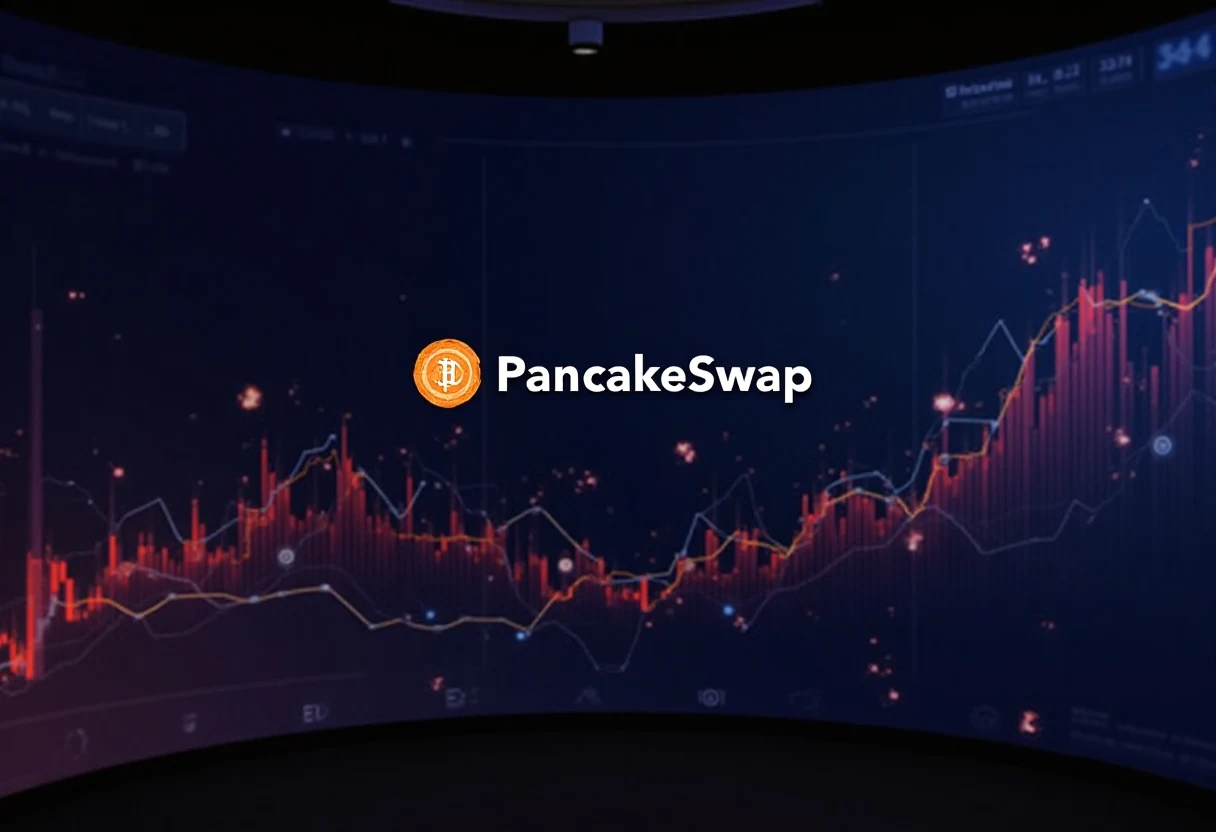PancakeSwap Trading Volume Hits New Highs While CAKE Burn Dynamics Shift
0
0

PancakeSwap, one of the most prominent decentralised exchanges on the BNB Chain, has recently recorded all-time high trading volumes. However, new data from the platform’s team reveals a surprising twist: a decoupling between high trading activity and the expected burn rate of its native token, CAKE.
While many might assume that more trades mean more tokens burned, PancakeSwap’s recent performance demonstrates a more complex and evolving DeFi dynamic.
High Volumes, Low Burn: A Look at Fee Tiers
In May, up to 90% of PancakeSwap’s trading volume came from liquidity pools with a 0.01% fee tier—among the lowest on the platform. These pools, designed to attract high-frequency traders and offer better rates to users, are becoming the dominant path for trade execution. But with lower transaction fees comes a trade-off: fewer CAKE tokens are collected and burned.
This shift helps explain why, despite a surge in trading activity, the actual number of CAKE tokens burned hasn’t risen in proportion. Instead, it has remained relatively flat when compared to previous months with less volume but higher fees.
Token Price Impacts Burn Value
Interestingly, the price of CAKE rose by approximately 15% in May, moving from $2.03 to $2.50. While fewer tokens were burned numerically, the dollar value of tokens burned increased, balancing out some of the deflationary concerns.
For long-term holders, this nuance matters. The platform continues to maintain a deflationary stance for CAKE, but it’s now clear that burn value and token volume must be assessed alongside fee structures and token pricing.
Implications for Liquidity Providers
The price uptick in CAKE also affects Annual Percentage Rates (APRs) offered to liquidity providers (LPs) in PancakeSwap’s farming products. With higher token prices, the yield attractiveness increases, potentially drawing more capital into farms—especially those tied to efficient, low-fee pools.
By maintaining competitive APRs, PancakeSwap not only retains its liquidity depth but also appeals to users seeking yield farming opportunities in an increasingly crowded DeFi market.
Efficiency Over Quantity: Rethinking Burn Metrics
This update marks a subtle but important shift in how burn metrics are interpreted in the PancakeSwap ecosystem. While the raw number of tokens burned might seem like the ultimate health indicator, it no longer tells the full story.
The trend toward capital-efficient pools, lower slippage, and reduced fees highlights a maturing DeFi landscape—one where user experience and cost efficiency are prioritised. PancakeSwap’s decision to monitor and possibly adjust its burn strategy reflects a nuanced approach to balancing long-term sustainability with market share growth.
Looking Ahead
The team behind PancakeSwap, often referred to as “The Kitchen,” has stated that it will continue to observe these trends and adapt its strategies to support a healthy deflationary model. As DeFi evolves, platforms like PancakeSwap are showing that efficiency—not just volume—is increasingly the measure of ecosystem strength.
The post PancakeSwap Trading Volume Hits New Highs While CAKE Burn Dynamics Shift appeared first on Coinfomania.
0
0
 Manage all your crypto, NFT and DeFi from one place
Manage all your crypto, NFT and DeFi from one placeSecurely connect the portfolio you’re using to start.





